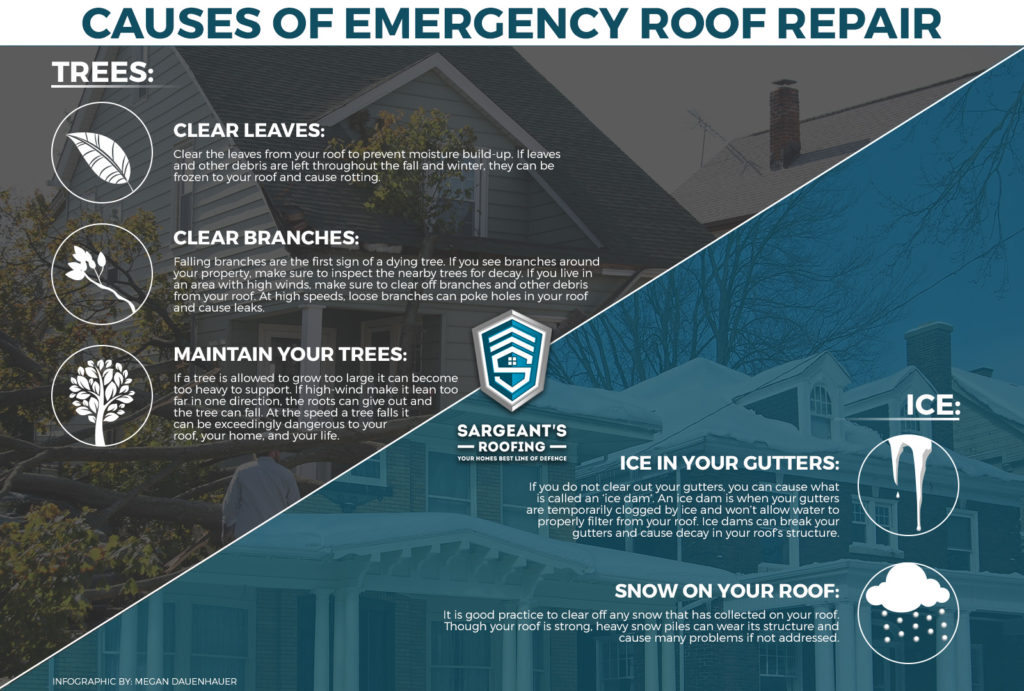Understanding The Influence Of Environment Problems On Photovoltaic Panel Performance: Trick Realities To Take Into Consideration
Understanding The Influence Of Environment Problems On Photovoltaic Panel Performance: Trick Realities To Take Into Consideration
Blog Article
Written By-Turner Omar
When it comes to solar panel effectiveness, recognizing just how weather enter play is essential. Photo this: your solar panels basking in the sun's glow, soaking up energy to power your home. Yet what takes place when clouds roll in or temperatures change? Exactly how does that influence your power manufacturing? By delving right into the intricate dancing between weather and solar panels, you'll uncover important understandings that can aid you maximize your renewable resource arrangement. Explore the nuances of sunshine strength, temperature level results, and the role of cloud cover and rainfall in enhancing your photovoltaic panel efficiency.
Effect of Sunshine Strength
Occasionally, the strength of sunlight can significantly impact the effectiveness of solar panels. When average cost of solar installation is solid and direct, your photovoltaic panels generate more electricity. Nonetheless, throughout cloudy days or when the sunlight is at a low angle, the panels receive much less sunlight, reducing their performance. To maximize the power result of your solar panels, it's crucial to mount them in areas with sufficient sunshine direct exposure throughout the day. Think about aspects like shielding from neighboring trees or structures that can obstruct sunlight and lower the panels' efficiency.
To enhance the performance of your photovoltaic panels, consistently tidy them to get rid of any kind of dust, dirt, or particles that might be obstructing sunshine absorption. Furthermore, ensure that your panels are angled properly to obtain the most straight sunshine feasible.
Impact of Temperature Changes
When temperature level modifications take place, they can have a considerable influence on the performance of photovoltaic panels. Photovoltaic panel work ideal in cooler temperature levels, making them more efficient on moderate days contrasted to very hot ones. As the temperature level enhances, solar panels can experience a decline in effectiveness due to a sensation called the temperature level coefficient. This result creates a decrease in voltage result, ultimately influencing the overall power manufacturing of the panels.
Alternatively, when temperature levels drop as well reduced, solar panels can also be impacted. Extremely cold temperatures can bring about a reduction in conductivity within the panels, making them much less efficient in creating power. This is why it's important to consider the temperature conditions when setting up solar panels to optimize their performance.
Function of Cloud Cover and Rainfall
Cloud cover and rainfall can considerably impact the efficiency of photovoltaic panels. When solar power companies block the sunlight, the quantity of sunlight reaching your photovoltaic panels is lowered, bring about a decrease in power manufacturing. Rainfall can additionally impact photovoltaic panel effectiveness by obstructing sunshine and producing a layer of dust or grime on the panels, further minimizing their ability to produce electricity. Even light rainfall can spread sunlight, creating it to be less concentrated on the panels.
During cloudy days with hefty cloud cover, photovoltaic panels may experience a significant decrease in power output. Nevertheless, it deserves keeping in mind that some modern photovoltaic panel modern technologies can still generate electricity also when the sky is over cast. In addition, rain can have a cleaning effect on solar panels, removing dirt and dust that might have collected in time.
To optimize the performance of your solar panels, it's important to take into consideration the effect of cloud cover and rainfall on power production and make sure that your panels are properly preserved to endure varying weather conditions.
Conclusion
To conclude, climate plays a substantial role in the effectiveness of your photovoltaic panels. Optimizing sunlight direct exposure, managing temperature level modifications, and monitoring cloud cover and rainfall are key variables to consider for optimum power generation. mouse click the following internet site , such as cleansing panels, is critical for maintaining peak performance. By recognizing exactly how climate influences your solar panel performance, you can make educated decisions to take full advantage of energy output and savings.
